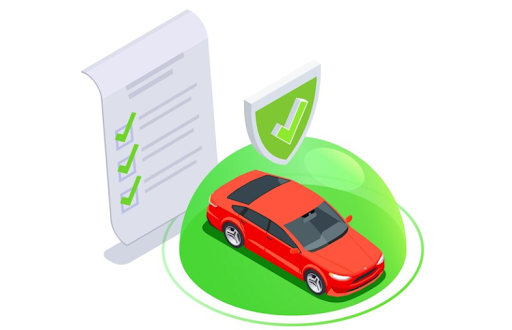
Commercial auto insurance is a necessity for businesses that rely on vehicles to operate. However, the cost of insurance premiums can add up quickly and impact your bottom line. Fortunately, there are ways to save money on commercial auto insurance without sacrificing coverage. By implementing cost-saving tips, you can maximize your insurance coverage without breaking the bank. Here are 10 tips to help you save on commercial auto insurance:
1. Shop Around for Quotes
Consider Multiple Insurance Providers
- Get quotes from at least three different insurance providers to compare prices and coverage options.
- Look for insurers that specialize in commercial auto insurance, as they may offer better rates and tailored coverage.
- Consider bundling your commercial auto insurance with other policies, such as general liability or property insurance, for discounted rates.
2. Adjust Your Coverage Limits
Review and Revise Coverage Limits
- Assess your business's needs and adjust your coverage limits accordingly.
- Consider increasing deductibles to lower premiums, but make sure you can afford the out-of-pocket costs in case of a claim.
- Eliminate unnecessary coverage options that your business may not need, such as roadside assistance or rental reimbursement.
3. Improve Driver Safety and Training
Invest in Driver Training Programs
- Implement driver safety training programs to reduce accidents and insurance claims.
- Hire experienced and responsible drivers with clean driving records to lower insurance premiums.
- Install telematics devices in vehicles to monitor driving behavior and potentially qualify for discounts.
4. Maintain a Clean Claims History
Focus on Preventing Accidents
- Regularly maintain and inspect vehicles to prevent breakdowns and accidents.
- Enforce safety protocols and procedures to minimize the risk of accidents and insurance claims.
- Report and address any claims promptly to avoid potential rate increases.
5. Utilize Vehicle Security Measures
Enhance Vehicle Security
- Install anti-theft devices and GPS trackers in vehicles to deter theft and potentially qualify for discounts.
- Park vehicles in secure and well-lit areas to reduce the risk of vandalism and theft.
- Implement driver identification systems to prevent unauthorized vehicle use.
6. Consider Usage-Based Insurance
Explore Usage-Based Insurance Options
- Opt for usage-based insurance programs that calculate premiums based on actual vehicle usage and driving behavior.
- Monitor and adjust driving habits to potentially lower insurance costs over time.
- Provide accurate mileage and usage data to insurers to ensure accurate premium calculations.
7. Review and Update Your Policy Regularly
Stay Informed and Up-to-Date
- Review your policy annually to ensure it meets your business's evolving needs.
- Update your insurer on any changes to your business operations or vehicles to avoid gaps in coverage.
- Ask your insurance agent about available discounts and coverage options to maximize savings.
8. Opt for Higher Safety Ratings and Safer Vehicles
Choose Vehicles with Higher Safety Ratings
- Select vehicles with top safety ratings and features to reduce the risk of accidents and injuries.
- Consider vehicles with advanced safety technologies, such as automatic braking systems and lane departure warnings.
- Inform your insurer about vehicle safety upgrades to potentially qualify for discounts.
9. Consider a Fleet Insurance Policy
Consolidate Coverage with a Fleet Policy
- If your business operates multiple vehicles, consider consolidating coverage under a fleet insurance policy for potential cost savings.
- Ask your insurer about discounts for insuring multiple vehicles under a single policy.
- Ensure all vehicles are properly listed and covered under the fleet policy to avoid gaps in coverage.
10. Monitor and Manage Insurance Costs
Track and Control Insurance Expenses
- Keep records of insurance premiums, claims, and expenses to monitor costs and identify opportunities for savings.
- Discuss cost-saving strategies with your insurance agent, such as adjusting coverage or increasing deductibles.
- Stay proactive in managing insurance costs to ensure you are getting the best value for your premium dollars.